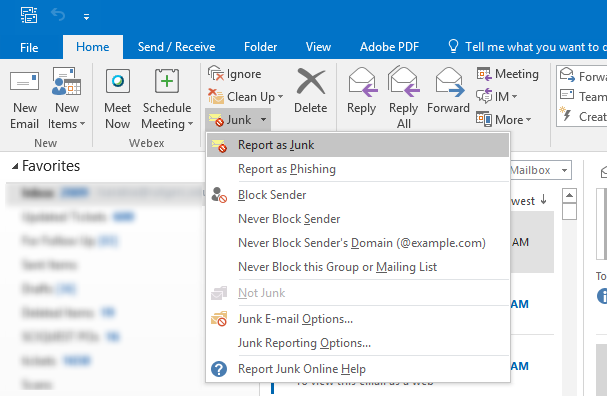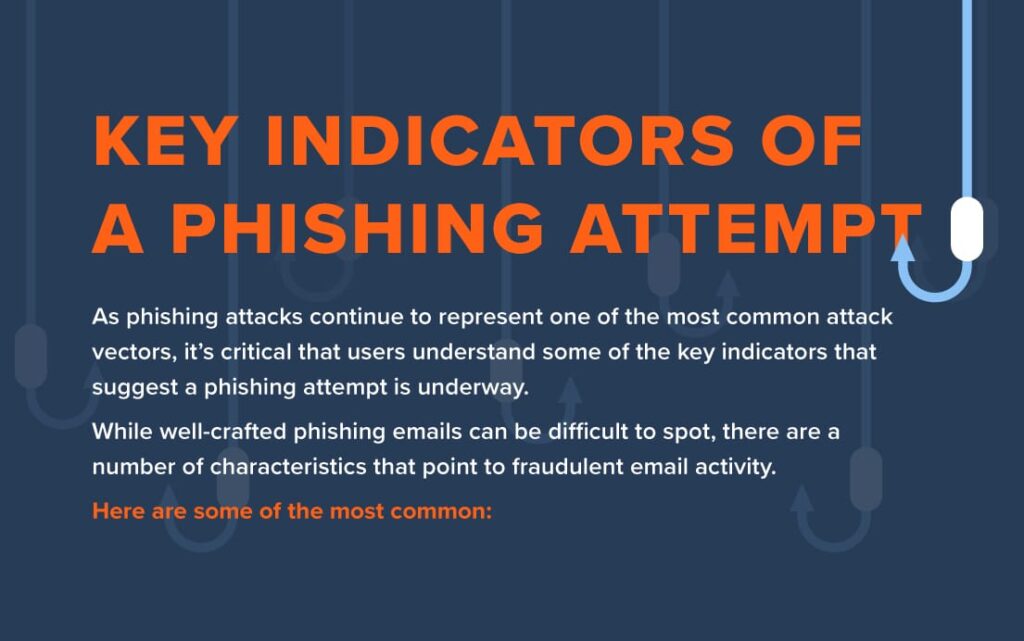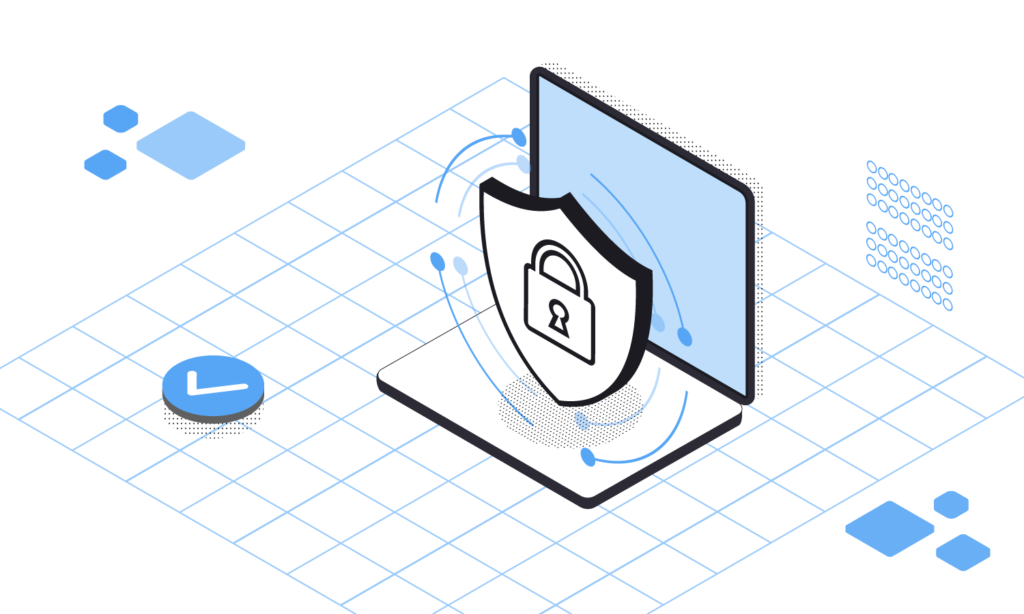The WannaCry ransomware has been a major cause of concern for many computer users in recent years. It is a malicious software that can infect a computer and encrypt its data, preventing the user from accessing it until they pay a ransom. While this type of attack is becoming increasingly common, it is still possible to protect yourself and your data from being affected by WannaCry ransomware. In this article, we will discuss the steps you can take to prevent WannaCry ransomware from infecting your system and compromising your data.
From using strong passwords to regularly backing up your data, we will provide tips on how to secure your computer from WannaCry ransomware attacks. We will also discuss methods of detecting and removing WannaCry ransomware from your computer and explain the importance of keeping your system up-to-date with the latest security patches. With the help of this article, you will be able to protect yourself and your data from the devastating effects of WannaCry ransomware.

What is WannaCry Ransomware?
WannaCry Ransomware is a malicious program that encrypts data on a computer and demands payment in order to unlock the data. It was first discovered in May 2017 and quickly spread across the world, infecting hundreds of thousands of computers. The ransomware takes advantage of vulnerabilities in older versions of Microsoft Windows, and can spread through networks and local storage devices.
How to Prevent WannaCry Ransomware?
1. Keep your Operating System and Software Up to Date
The most important thing you can do to protect yourself from WannaCry is to keep your operating system and software up to date. Microsoft has released patches for the vulnerabilities that WannaCry exploits, and installing them will help protect your system. It’s also important to keep your antivirus software up to date, as it can help detect and remove malicious software.
2. Use a Firewall
Using a firewall is another important step in protecting your system from WannaCry. Firewalls can help block malicious software from entering your system and can also help detect any suspicious activity. Be sure to keep your firewall up to date and configured correctly.
3. Enable Network Level Authentication
Network Level Authentication (NLA) is a security feature of Windows that helps protect against remote access attacks. Enabling NLA on your system can help prevent WannaCry from spreading across the network.
4. Disable SMBv1
SMBv1 is a protocol used by Windows machines to share files and printers. It is also the protocol that WannaCry uses to spread across networks. Disabling SMBv1 on your system can help reduce the risk of infection.
5. Backup Your Data Regularly
Backing up your data regularly is a good practice and can help protect you from data loss if your system is infected with WannaCry. Be sure to back up your data to an external storage device or cloud storage service.
6. Avoid Unknown Links and Attachments
One of the most common ways that WannaCry is spread is through malicious links and attachments sent in emails or messages. It’s important to avoid clicking on unknown links and opening suspicious attachments.
7. Use a Virtual Private Network (VPN)
Using a Virtual Private Network (VPN) can help protect your system from WannaCry. A VPN encrypts your internet connection, making it much more difficult for malicious software to access your system.
8. Use Antivirus Software
Using antivirus software is one of the best ways to protect your system from WannaCry. Be sure to use a reputable antivirus and keep it up to date.
9. Be Cautious With Public Wi-Fi
Public Wi-Fi networks can be vulnerable to attacks, so it’s important to be cautious when using them. Avoid accessing sensitive information or downloading files when connected to a public Wi-Fi network.
10. Educate Yourself and Others
Educating yourself and others about the dangers of WannaCry ransomware is one of the best ways to protect against it. Be sure to stay up to date on the latest news about ransomware and share this information with others.
Frequently Asked Questions
Wannacry ransomware is a type of malicious software that is used to encrypt data and demand ransom payments from its victims. It has caused significant damage and disruption to businesses and organisations around the world. In this article, we will answer some of the most common questions about how to prevent Wannacry ransomware.
Q. What is Wannacry ransomware?
Wannacry ransomware is a type of malicious software that encrypts data on a computer and then demands a ransom payment from its victims in order to unlock the data. It was first discovered in May 2017 and has since caused significant disruption to businesses and organisations around the world. The ransomware is spread by exploiting vulnerabilities in Windows operating systems.
In order to protect against Wannacry ransomware, it is important to ensure that all systems are kept up-to-date with the latest security patches and antivirus software. It is also important to be wary of suspicious emails and websites, as these can be used to download and spread the ransomware.
Q. How can I protect my computer from Wannacry ransomware?
In order to protect against Wannacry ransomware, it is important to ensure that all systems are kept up-to-date with the latest security patches and antivirus software. It is also important to be wary of suspicious emails and websites, as these can be used to download and spread the ransomware. Additionally, it is a good idea to back up important data regularly, as this will allow you to recover any files that may be encrypted by the ransomware.
It is also important to be aware of the methods used by attackers to spread the ransomware. These may include phishing emails, malicious websites, or the exploitation of vulnerabilities in unpatched systems. Being aware of these methods and taking steps to protect against them can reduce the risk of a successful attack.
Q. What should I do if I think I have been infected by Wannacry ransomware?
If you think you may have been infected by Wannacry ransomware, it is important to act quickly. The first step is to disconnect the affected computer from the network and any other systems that may be affected. You should then scan the computer using antivirus software to remove any malicious software. It is also important to notify your IT department or security team, as they can take steps to prevent the ransomware from spreading to other systems.
Once the ransomware has been removed, it is important to check for any encrypted files. If any files have been encrypted, it is important to restore them from a recent backup. If a backup is not available, it may be possible to use a data recovery tool to recover the files.
Q. Can I pay the ransom to recover my files?
Paying the ransom is not recommended as there is no guarantee that the attacker will provide the decryption key. Furthermore, paying a ransom may encourage the attackers to continue their activities and may also fund other criminal activities. Additionally, some ransomware variants contain malicious code that can cause further damage to the system, even after the ransom is paid.
Instead, it is recommended to try to recover the files by restoring them from a recent backup or using a data recovery tool. Additionally, it is important to ensure that all systems are kept up-to-date with the latest security patches, that suspicious emails and websites are avoided, and that all systems are protected with antivirus software.
Q. What measures should I take to prevent future attacks?
In order to prevent future attacks, it is important to ensure that all systems are kept up-to-date with the latest security patches, that suspicious emails and websites are avoided, and that all systems are protected with antivirus software. Additionally, it is a good idea to back up important data regularly, as this will allow you to recover any files that may be encrypted by the ransomware.
It is also important to be aware of the methods used by attackers to spread the ransomware. These may include phishing emails, malicious websites, or the exploitation of vulnerabilities in unpatched systems. Being aware of these methods and taking steps to protect against them can reduce the risk of a successful attack.
In conclusion, the WannaCry ransomware attack is a very serious threat that we must all be aware of and take steps to prevent. To avoid becoming a victim of the attack, make sure to install the latest Windows updates and antivirus software. Additionally, be sure to use strong passwords and avoid clicking on suspicious links or downloading files from untrusted sources. By following these simple steps, you can significantly reduce the chances of becoming a victim of such an attack.
It is important to remember that ransomware attacks can happen to anyone, so it is important to stay vigilant and keep your computer secure. We can all do our part to help protect ourselves, our families, and our organizations from the threat of ransomware by following these basic security guidelines. By taking the necessary precautions and staying informed, we can all help protect ourselves from the dangers of ransomware attacks.



